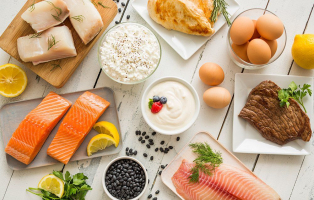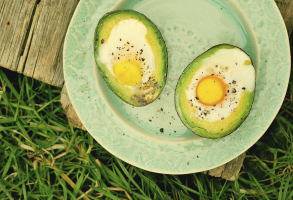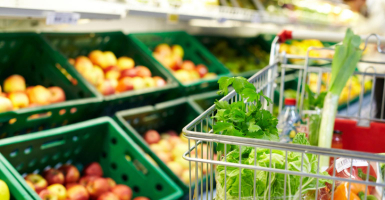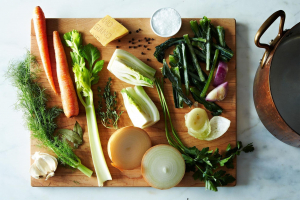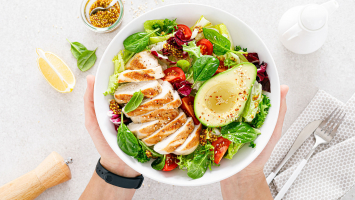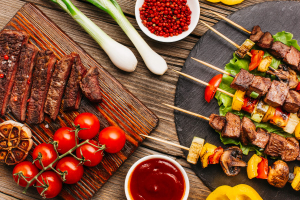Top 10 Creative Ways to Eat More Vegetables
It's crucial to include vegetables in your meals. Vegetables are full of vitamins, minerals, and antioxidants that improve your health and stave off disease. ... read more...Due to their low calorie count, they are also helpful for weight management. Adults should consume several servings of vegetables each day, according to health authorities around the world, but for some people, this can be challenging. Some people find it difficult to eat vegetables, while others are simply uncertain of how to make them tasty. Below are some inventive ways to include vegetables in your diet so you never get bored with them.
-
Multiple vegetable servings can be consumed at once by eating soups. Make the easy vegetable soup recipe with whatever veggies you have on hand! Nourishing and light, it's perfect for warming up on cold nights. By blending vegetables with seasonings, you may turn them into the "base", as in the broccoli spinach quinoa soup.
Additionally, adding vegetables to soups with a broth or cream base is a simple way. Increase your diet of fiber, vitamins, and minerals by including even a few extra vegetables, like broccoli, in soups. You might try the following additional vegetable-based soup recipes:
- Ribollita
- Kitchen sink soup
- Green papaya fish soup
- Kale, tomato, and white bean soup
- Pho packed with spinach and bok choy
- ...
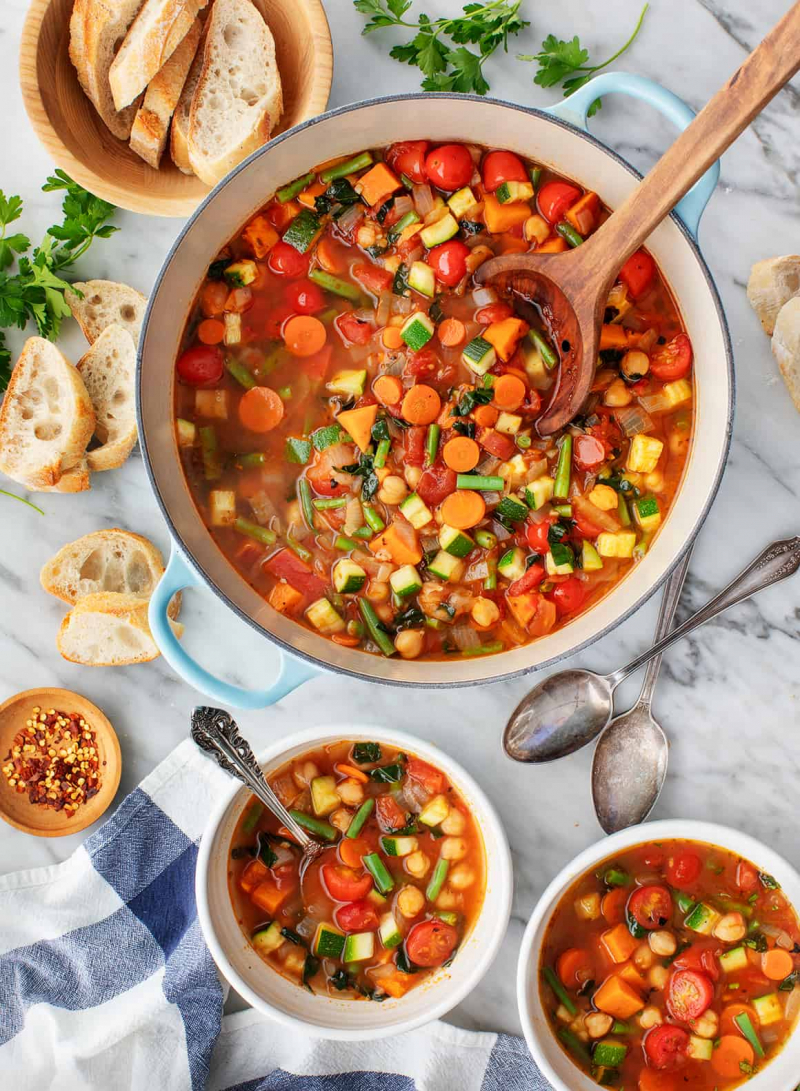
Make veggie-based soups 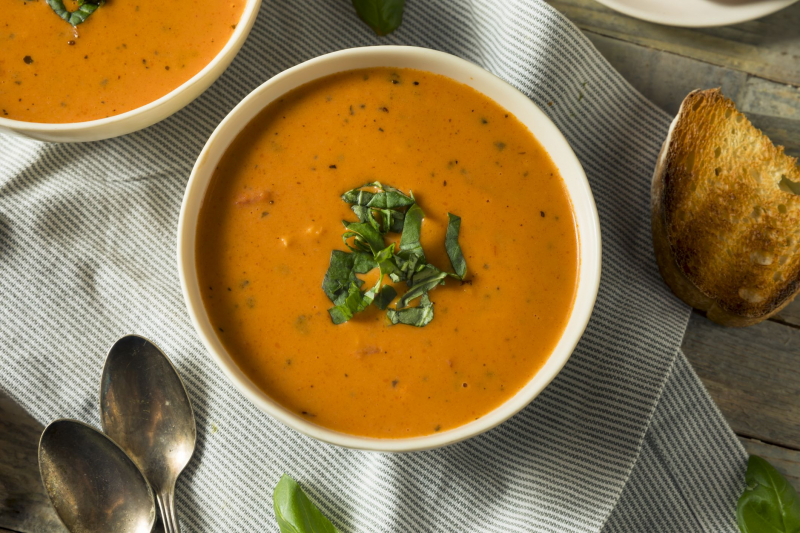
Make veggie-based soups -
Making zucchini lasagna without pasta is another inventive way to consume more vegetables. Layering lasagna noodles with sauce, cheese, and meat makes the classic lasagna, a pasta dish. It's good, but it usually has a lot of carbs and doesn't always include vegetables.
Use a vegetable peeler to slice strips of zucchini into your preferred lasagna recipe in place of the noodles. Salt the zucchini, let it sit for 15 minutes, and pat it dries with a paper towel to draw out the extra water. Replacing the lasagna noodles with strips of zucchini is a great way to cook this great dish with fewer carbs and more nutrients. The tasty result has all the wonderful flavors, it's even very similar in its texture! Along with fiber and trace minerals, zucchini is a great source of B vitamins and vitamin C.
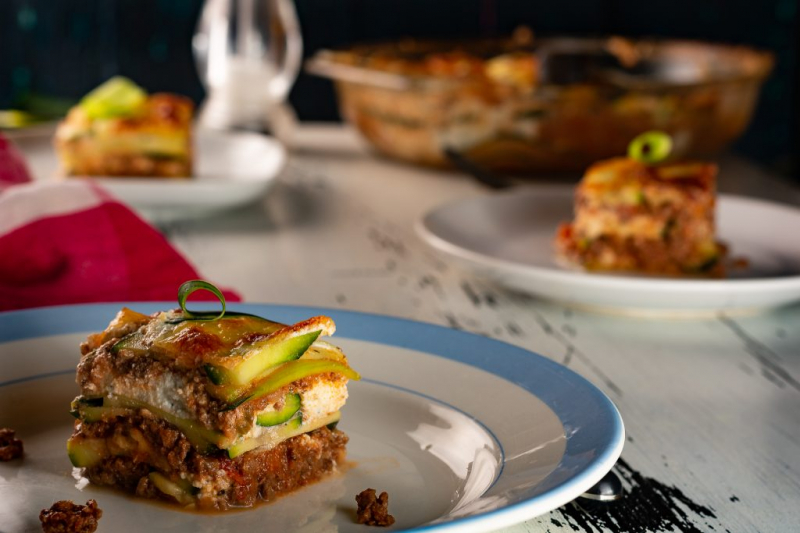
Try zucchini lasagna 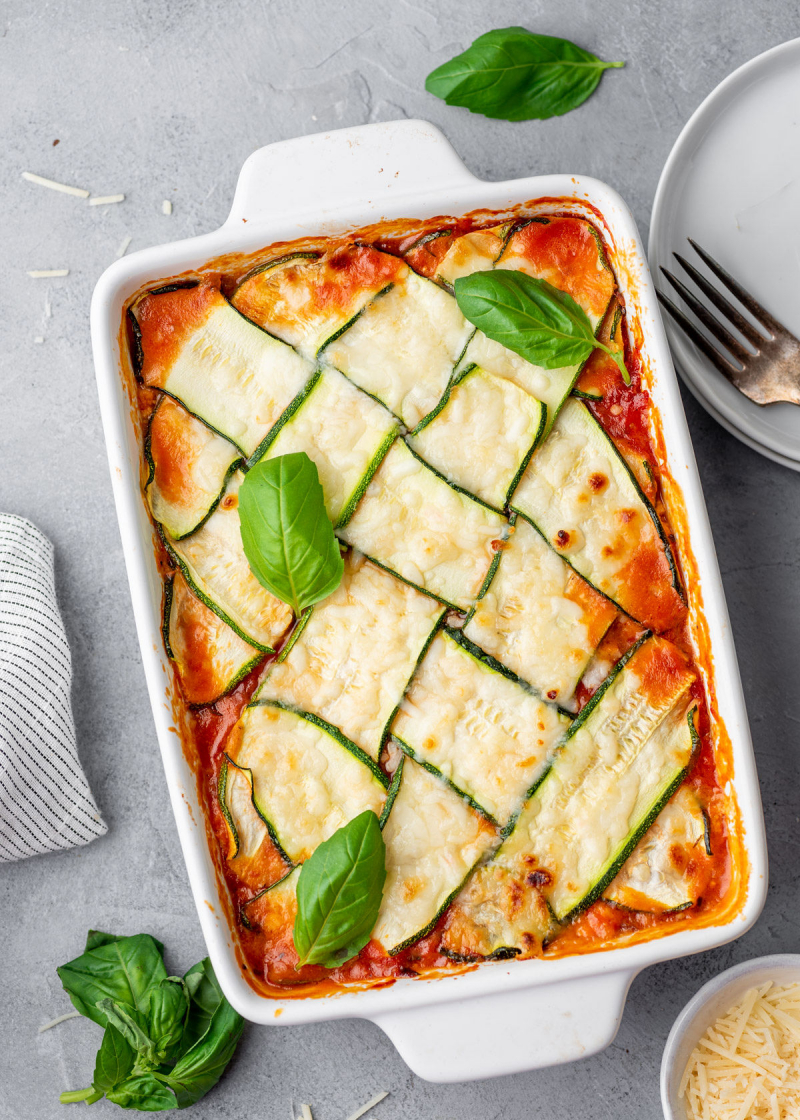
Try zucchini lasagna -
Making veggie noodles is simple and a great way to increase the number of vegetables in your diet. They're also a great low-carb alternative to dishes high in carbohydrates, like spaghetti. Vegetables are processed into noodle-like shapes by placing them in a spiralizer. You may also: shred them; slice them with a mandoline or just cut them up as you please.
For nearly any vegetable, a spiralizer can be used. They are frequently used with foods like sweet potatoes, zucchini, carrots, spaghetti squash, and other nutrient-dense vegetables. After being prepared, the "noodles" can be eaten like spaghetti and combined with sauces, other vegetables, or meat. You might try the following recipes for vegetable noodles:
- Spaghetti squash in white wine and mushroom sauce
- Zoodles with lentil bolognese
- Peanut-chicken zoodles
- ...
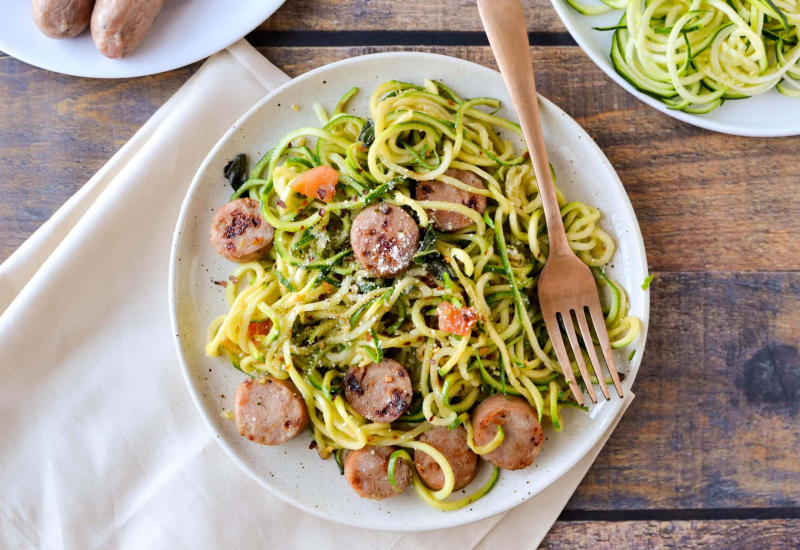
Experiment with veggie noodles 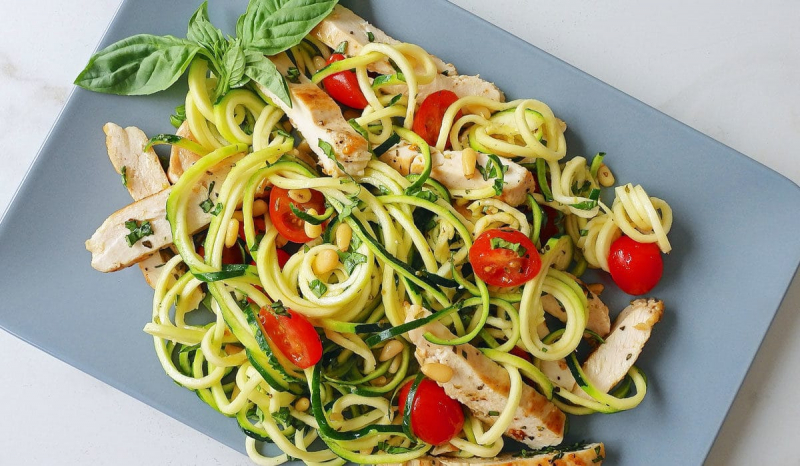
Experiment with veggie noodles -
A clever method to up your veggie intake is to include extra vegetables in your sauces and dressings, especially if you have picky children. For example, like many meals with a sauce base, pasta sauces are an excellent way to increase the number of vegetables in your child's meal.
Add some chopped onions, carrots, bell peppers, and leafy greens like spinach to the sauces you're cooking, like marinara sauce. Rich sauces with an Alfredo-like texture can be made by pureeing roasted root vegetables. Consider beets, kohlrabi, turnips, purple sweet potatoes, carrots, sweet potatoes, and squash. For the most colorful dish ever, try making pesto with roasted beets. These sauces are perfect for batch cooking, you can easily store them in the fridge for 3-4 days without any problem.
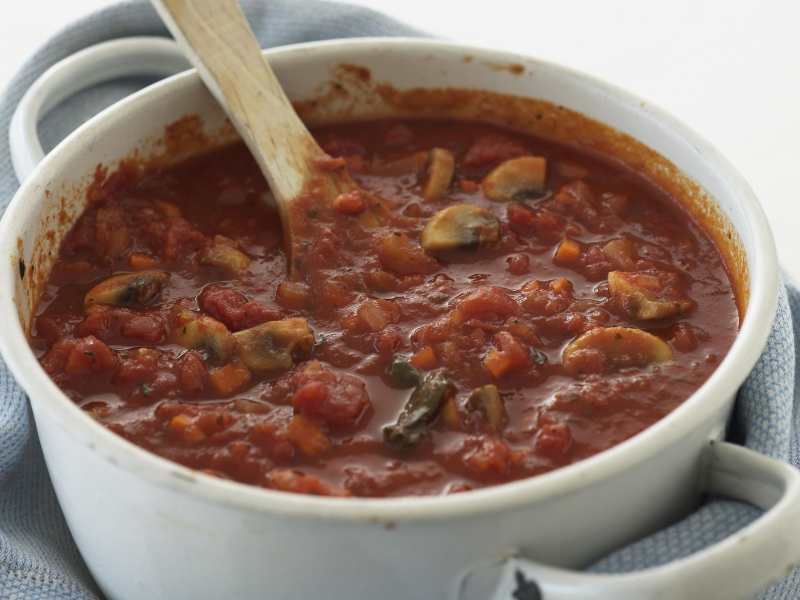
Add veggies to sauces 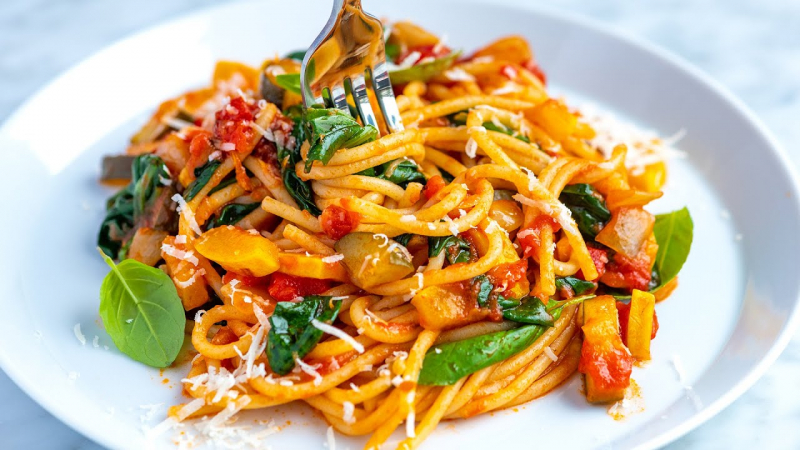
Add veggies to sauces -
Cauliflower has a wide range of uses. It can be used for roasting, stewing, making rice, blending for silky smoothness, and making pizza crust. Make your own rich, grain-free pizza crust made with cauliflower instead of flour, and serve with your favorite sauce and toppings!
To replace the traditional flour-based pizza crust with a cauliflower crust, simply blend finely chopped and drained cauliflower with eggs, almond flour, and a few seasonings. Following that, you are free to add your own extras, such as cheese, tomato sauce, or fresh vegetables. Pizza leftovers can be kept in the refrigerator for up to 3–4 days in an airtight container. To keep it crispy, simply reheat it in the microwave or the oven. One cup (100 g) of cauliflower only has about 5 grams of carbs and 26 calories, but it also has a lot of fiber, vitamins, minerals, and antioxidants.
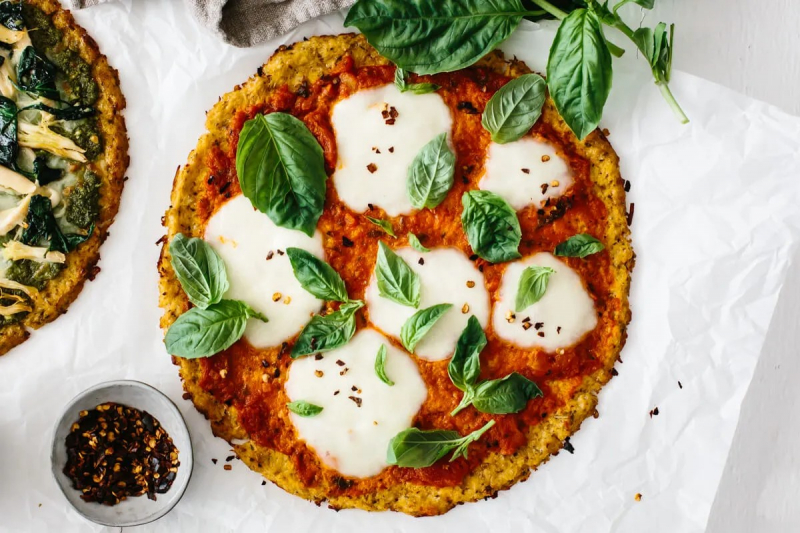
Make a cauliflower pizza crust 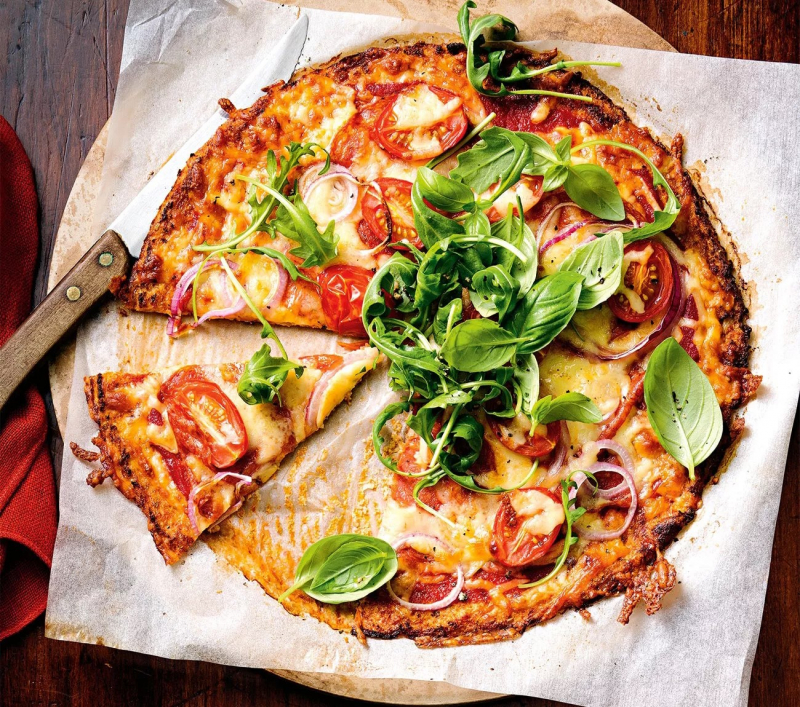
Make a cauliflower pizza crust -
Smoothies are a refreshing breakfast or snack option. Green smoothies in particular are incredibly well-liked because they pack a lot of leafy greens into a delicious package. They are typically made by blending fruit with ice, milk, or water. However, you may also add vegetables to smoothies without compromising the flavor.
The blend of kale with blueberries, bananas, and cucumber, and fresh, leafy greens are frequently used in smoothies. The recommended daily intake of vitamin K and vitamin A are both more than doubled in only one loosely packed cup (25 g) of spinach. High levels of vitamins A, C, and K are also present in kale in the same serving. Additionally, smoothies taste great when made with frozen sweet potatoes, pumpkin, beets, and zucchini. Try some of these:
- Acai green smoothie
- Pineapple, banana, and avocado green smoothie
- ...
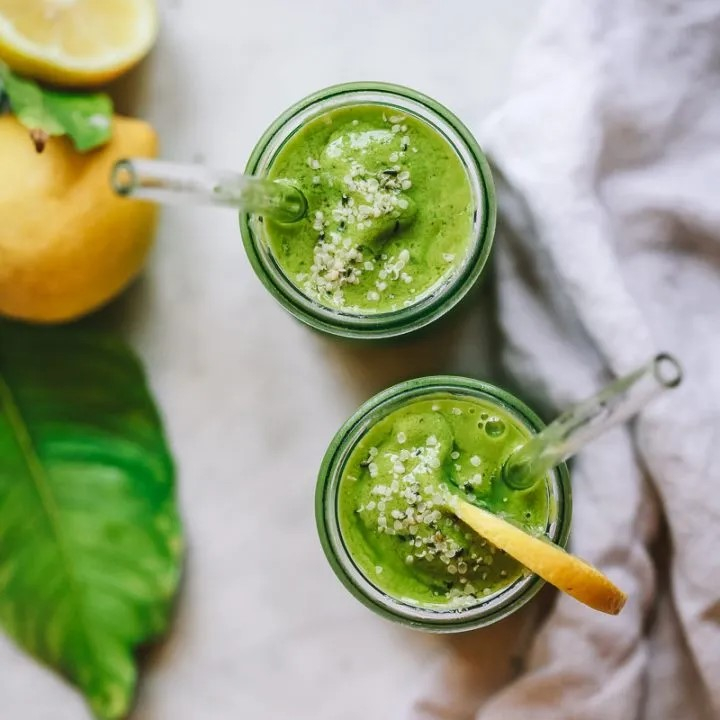
Blend into smoothies 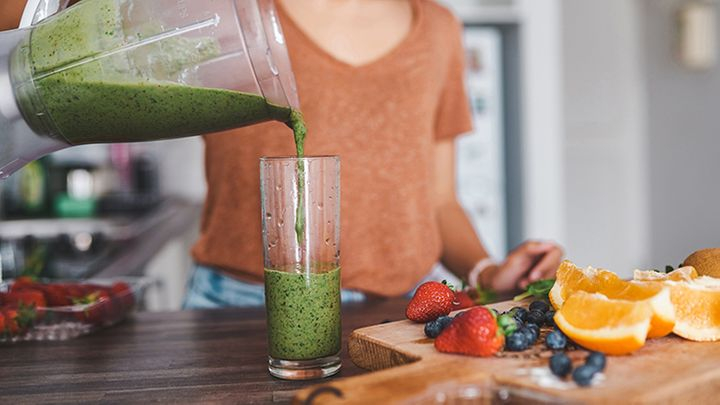
Blend into smoothies -
One of the best things about casseroles is how perfect they are for dinner, all year round, particularly when filling them with lots of seasonal vegetables. All at once, adding extra vegetables to casseroles contribute to flavor, texture, and bulk.
Meats are frequently included in casseroles together with veggies, cheese, potatoes, and a grain like rice or pasta. Traditional casseroles often have a high calorie and refined carbohydrate content. During the holidays, when other foods may be more popular than vegetables, they are more common. Fortunately, you may lower the number of calories and carbs in your casseroles by swapping out the grains for vegetables like broccoli, mushrooms, celery, or carrots. In spring and summer, you can look for veggies like springy asparagus, zucchini, sweet corn, and eggplant for your casseroles. Popular and well-known is a healthier version of green bean casserole.
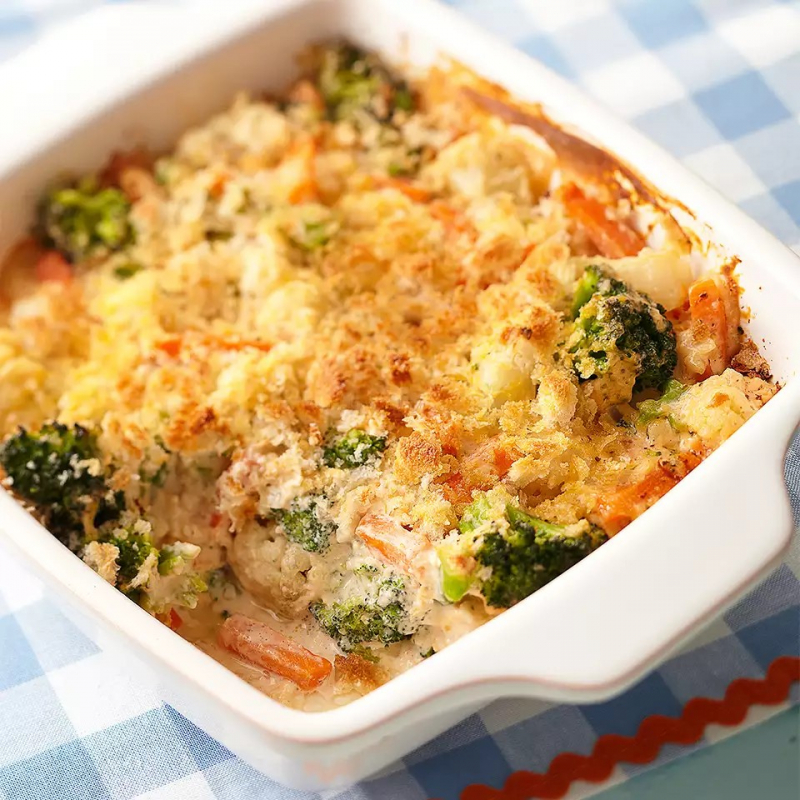
Add veggies to casseroles 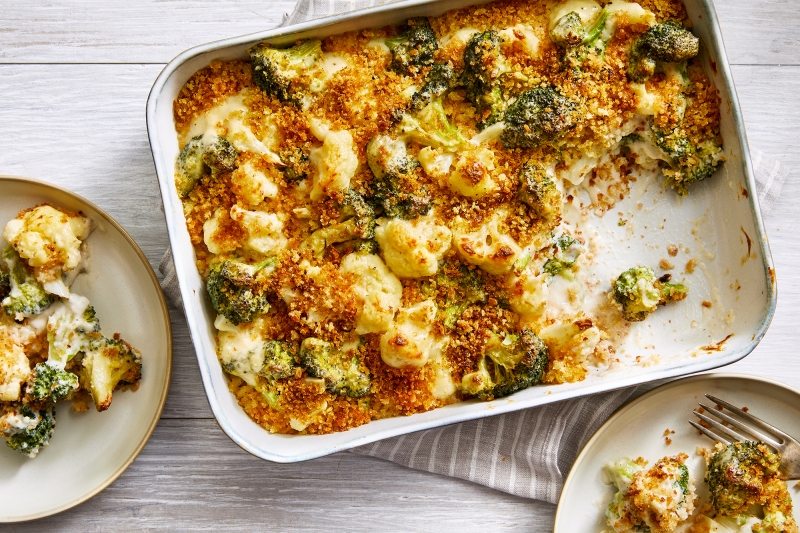
Add veggies to casseroles -
Adding vegetables to your meal plan is simple and versatile when you use omelets. Eggs also contribute a good amount of important nutrients. Try this high-protein egg breakfast with lots of vegetables if you want to shake up your breakfast routine. It is the ideal meal for breakfast or simple brunch, it is simple, tasty, and easily adaptable.
Eggs are cooked in a pan with a little butter or oil after being beaten, and they have then folded around a filling that frequently consists of cheese, meat, vegetables, or a combination of the three. Any type of vegetable tastes great in omelets, which may be loaded up with a variety of healthy ingredients. Common additions include bell peppers, tomatoes, mushrooms, spinach, onions, scallions, and bok choy. Try some of these:
- Spinach, goat cheese, and chorizo omelet
- Moringa omelet
- Waffle omelet with tomatoes and peppers
- Vegan chickpea omelet
- ...

Cook a veggie omelet 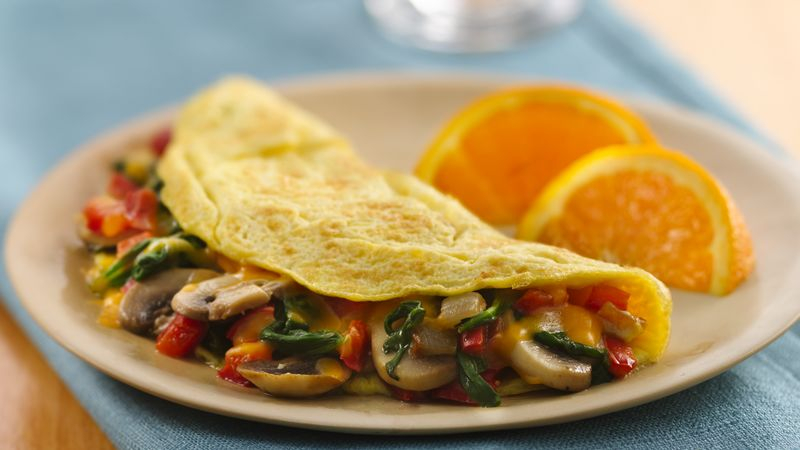
Cook a veggie omelet -
In the US, oats are mainly used in sweet foods. In fact, in contrast to other grains, oats pair just as well with savory tastes as they do with sweet ones. Not all oats have to be sweet. You can increase your morning vegetable intake by eating savory oatmeal.
In addition to eggs, spices, and lots of vegetables, it tastes great with fresh fruit, raisins, or cinnamon. For a warming and substantial meal, try the recipe for savory oatmeal with kale and mushrooms. Everyone already knows that kale is a rich source of nourishment, but so are mushrooms. They are abundant in vitamin B12, vitamin D, and protein. This makes them a particularly excellent addition to a plant-based meal. It makes a delicious and filling meal any time of day!
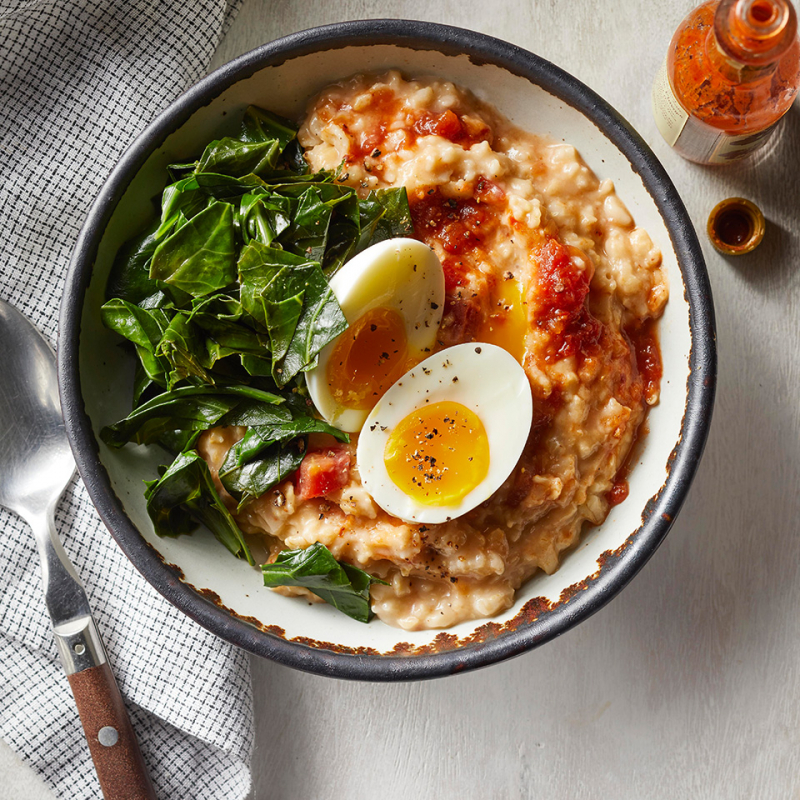
Prepare savory oatmeal 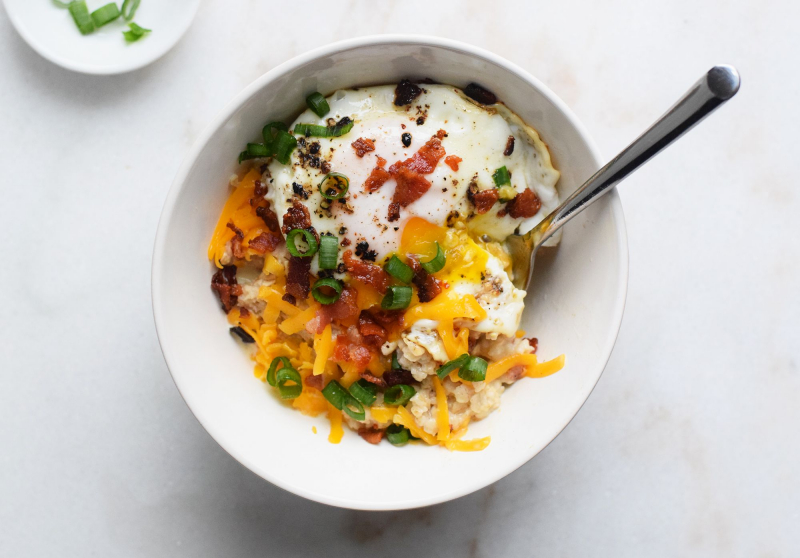
Prepare savory oatmeal -
A simple way to consume more vegetables is to replace tortillas and bread with lettuce as a wrap or certain veggies as buns. Lettuce wraps are versatile and frequently used to make low-carb sandwiches and bunless burgers.
In addition, a variety of vegetables, including tomato halves, portobello mushroom caps, sliced eggplant, halved red or yellow peppers, and sweet potatoes, make wonderful buns. Since one lettuce leaf only has one calorie, lettuce wraps and veggie buns are a simple method to cut calories. The calorie content of refined bread is substantially higher. With lettuce wraps and vegetarian buns, try some of these:
- Chickpea taco lettuce wraps
- Paleo lettuce wrap
- BLT lettuce wrap
- Portobello mushroom bruschetta
- ...
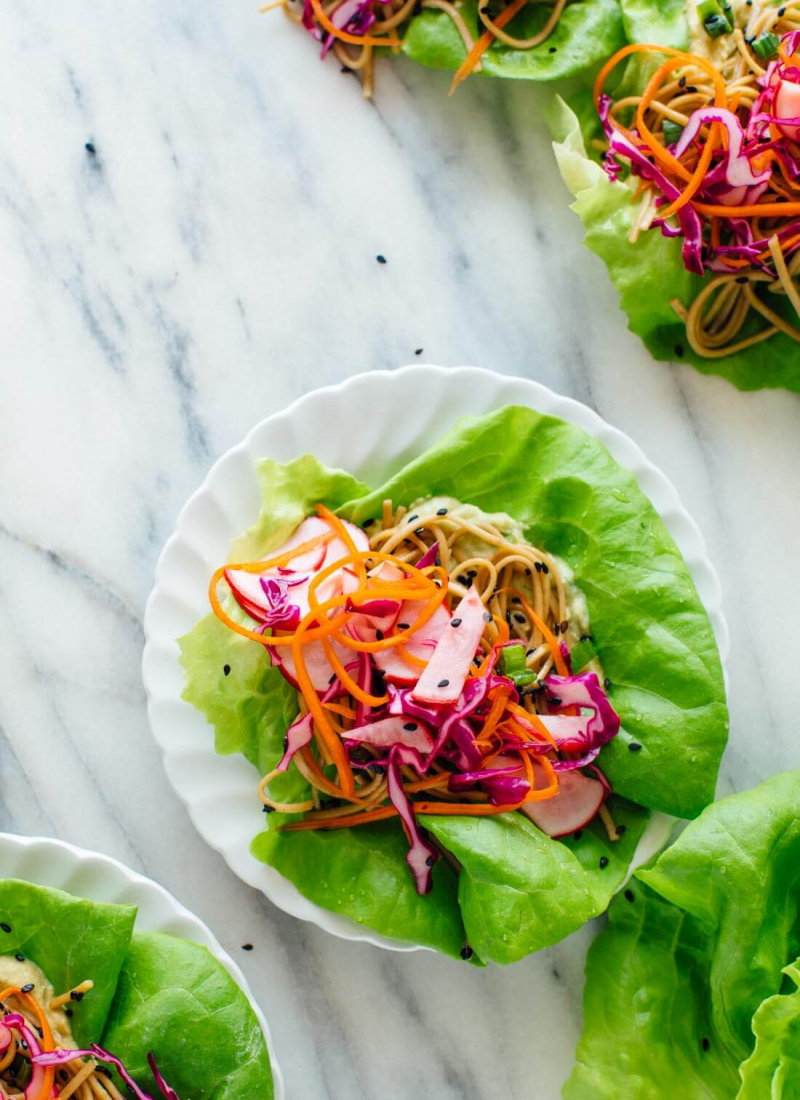
Try a lettuce wrap or veggie bun 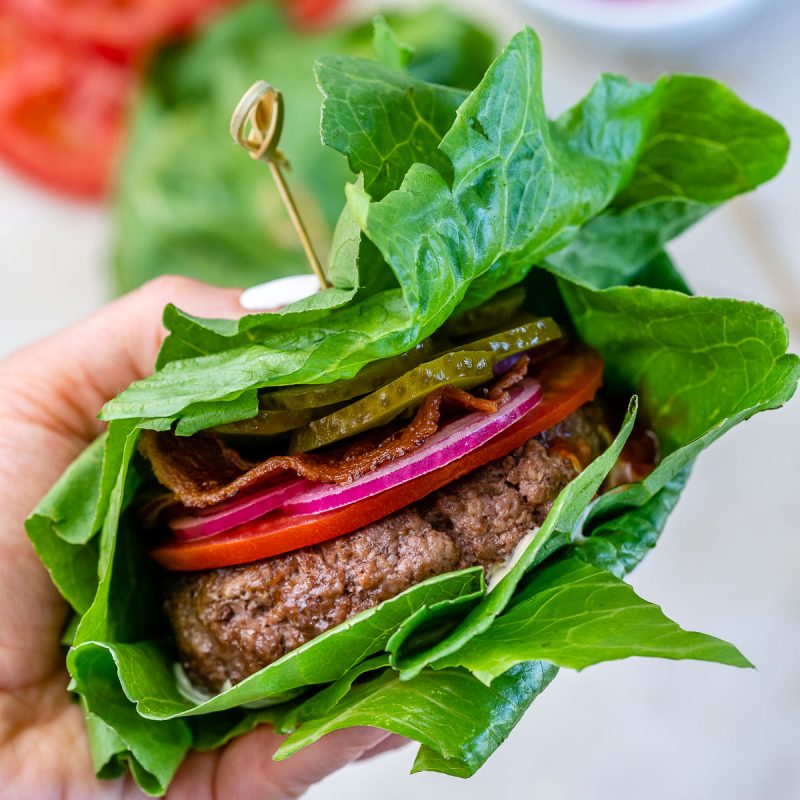
Try a lettuce wrap or veggie bun















